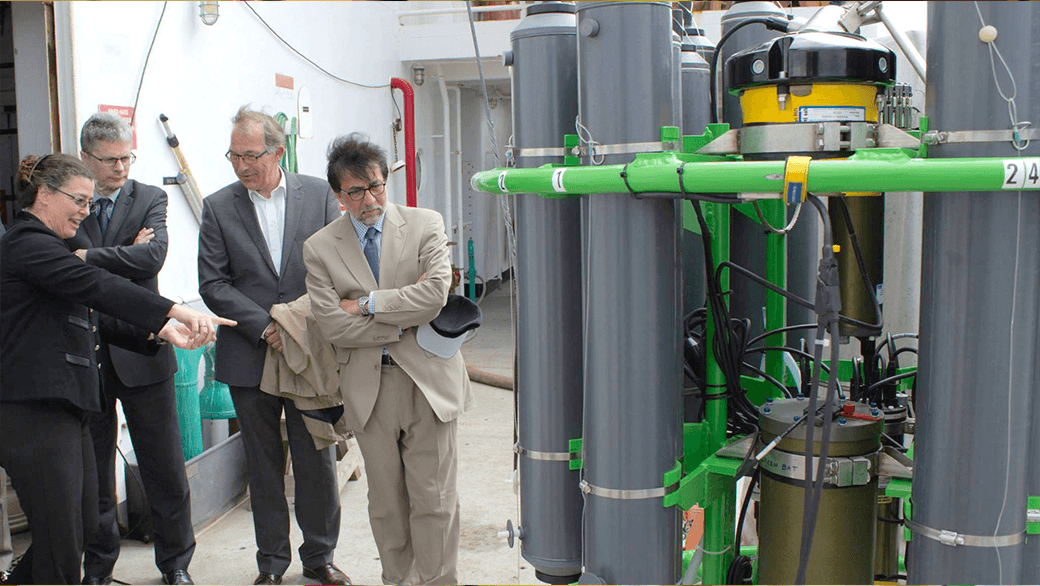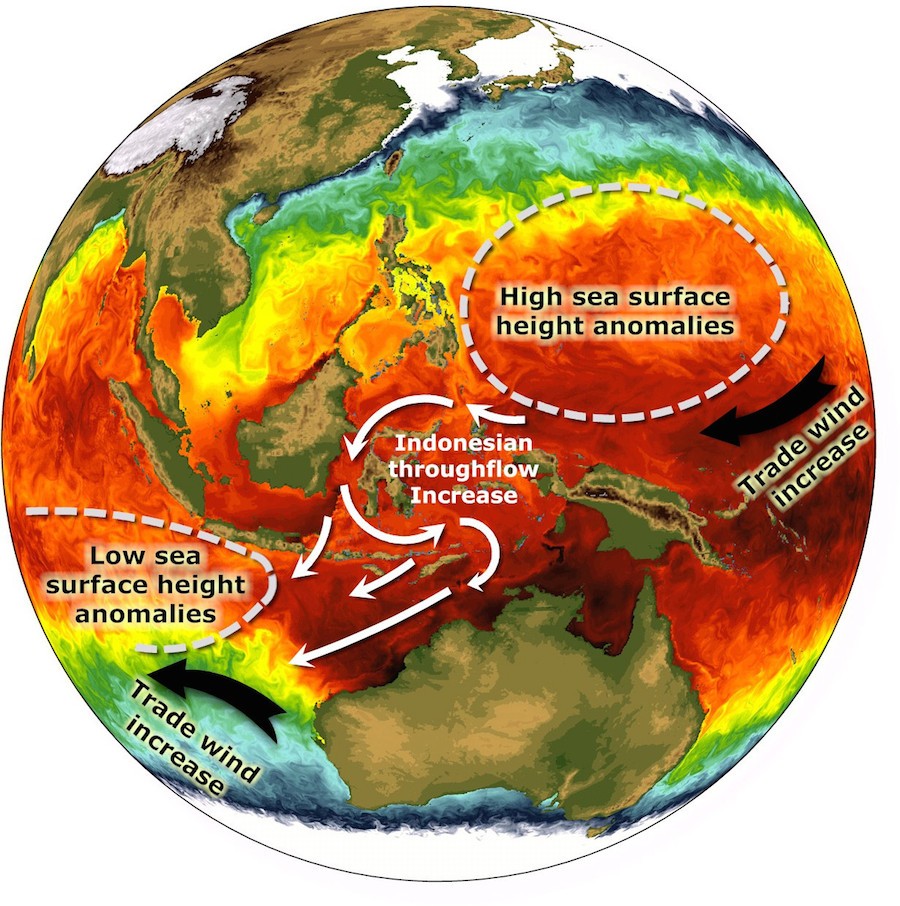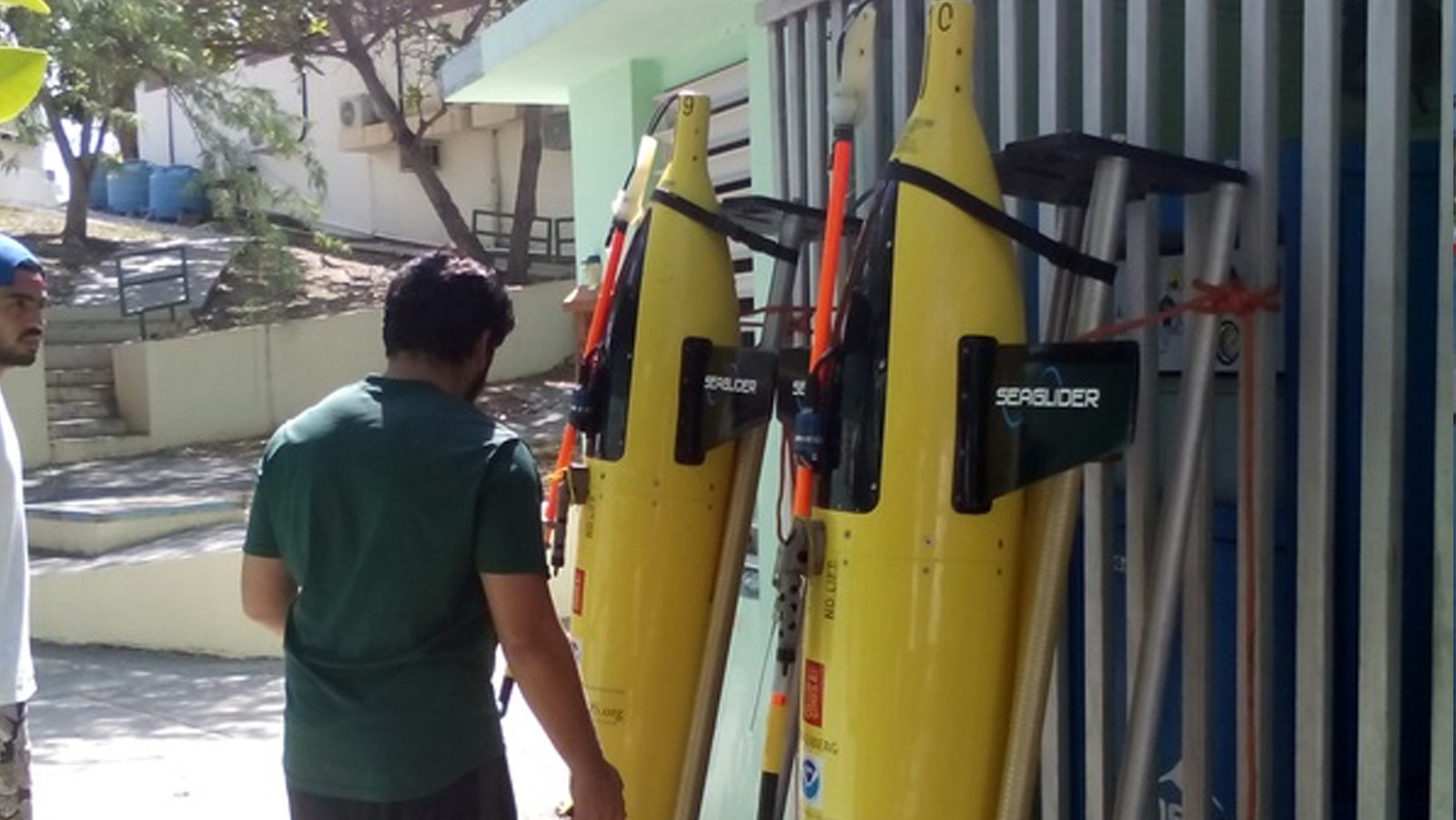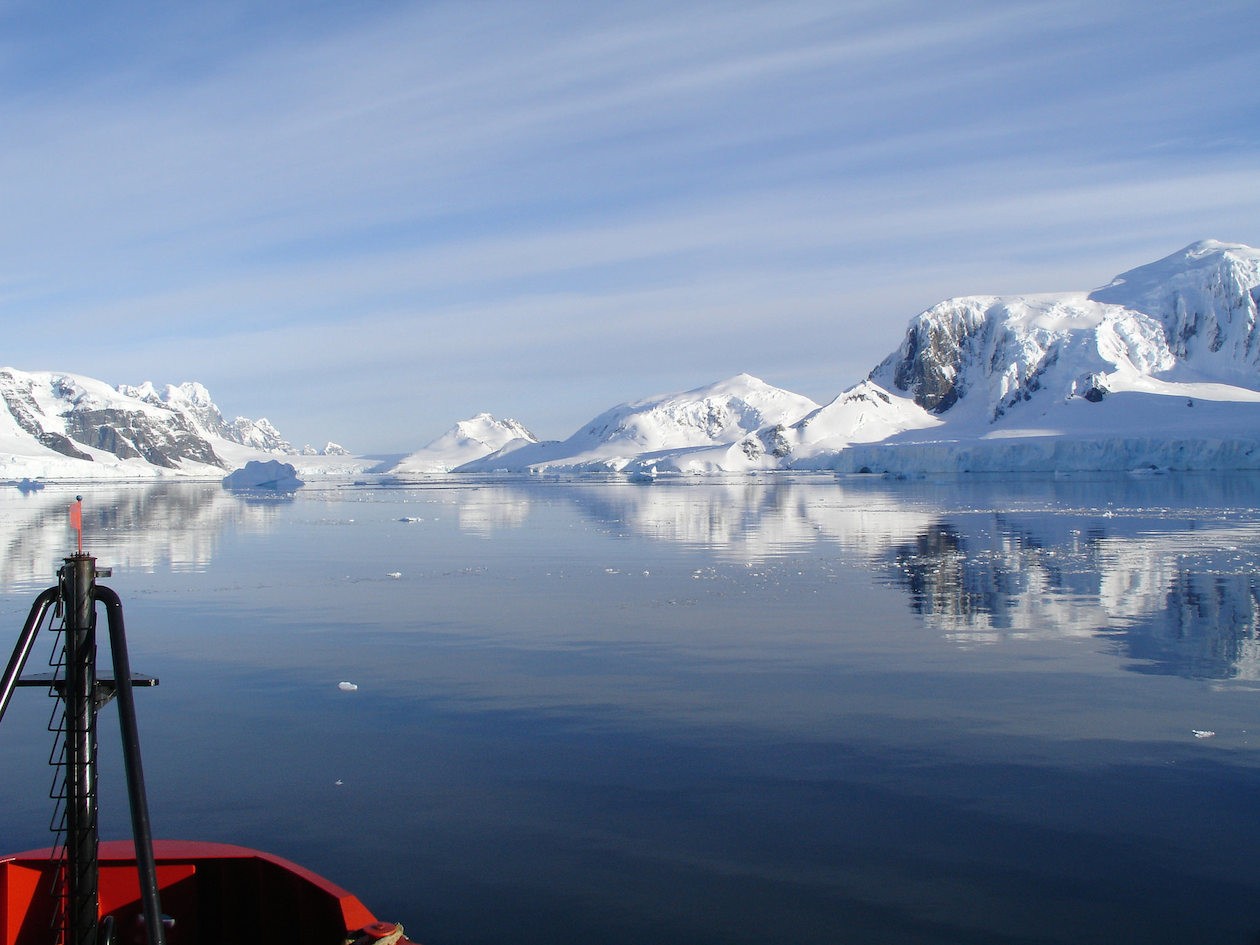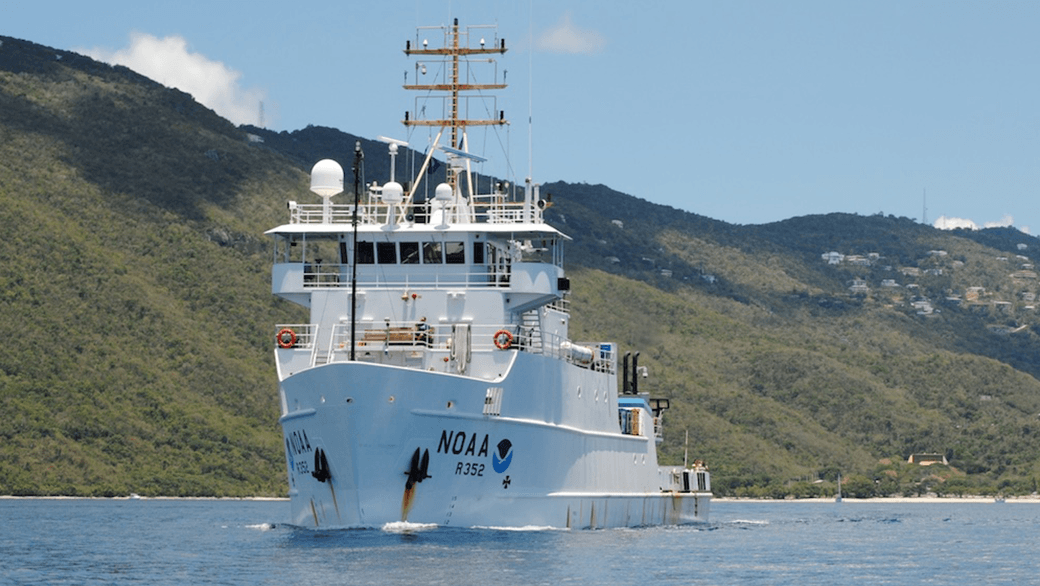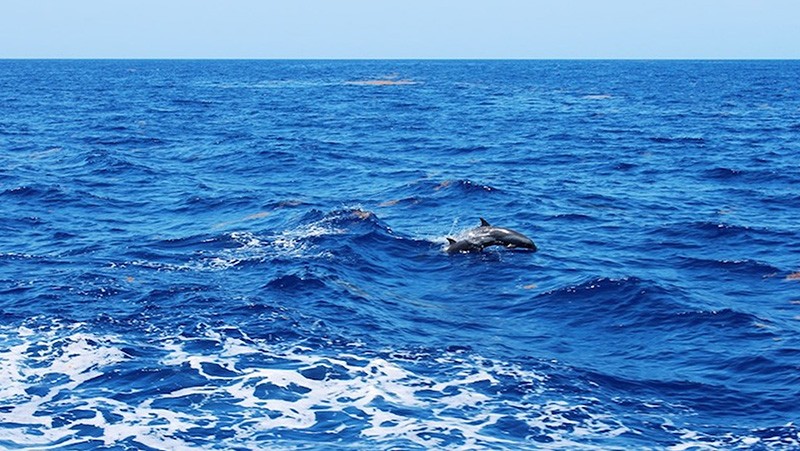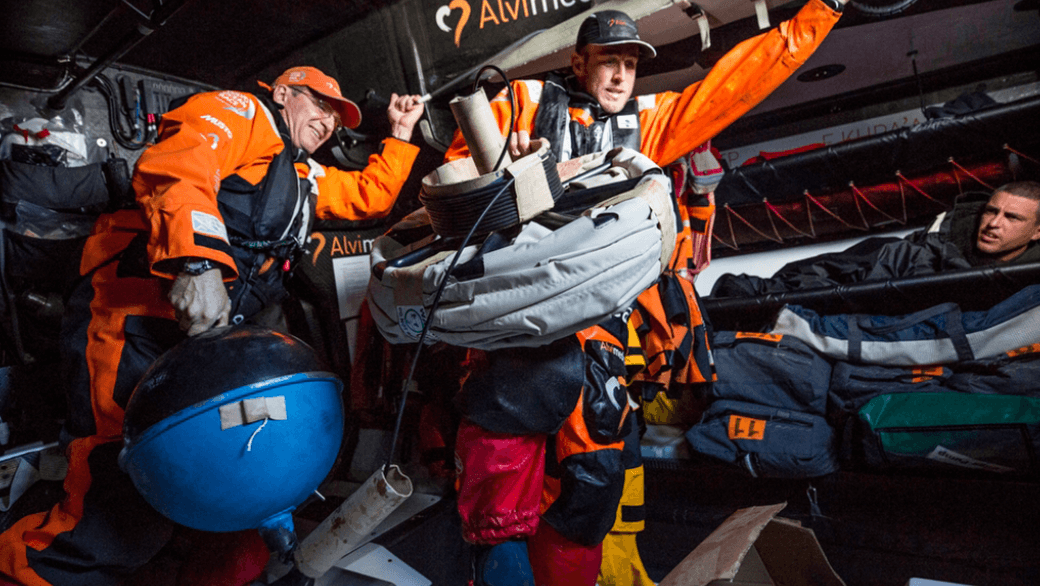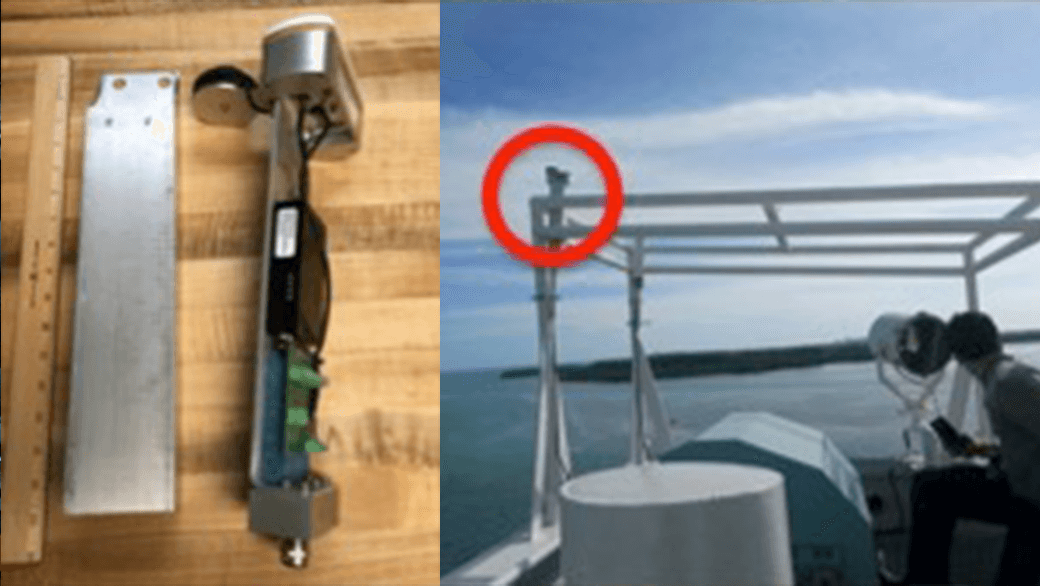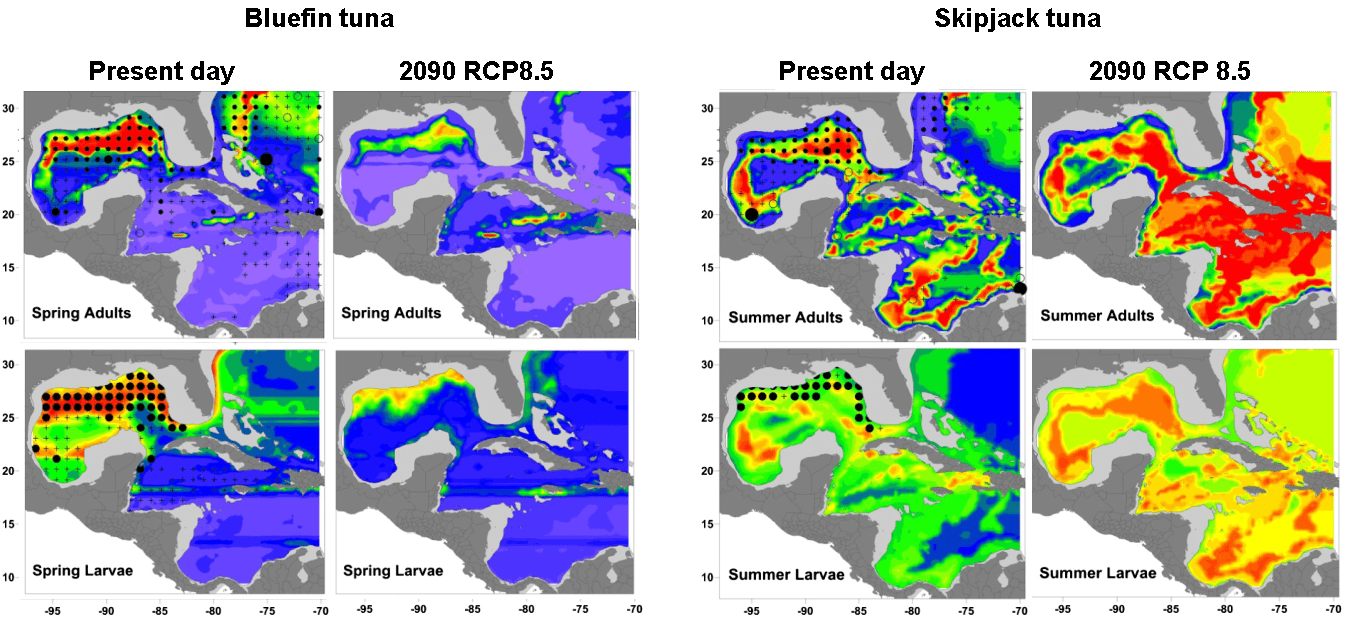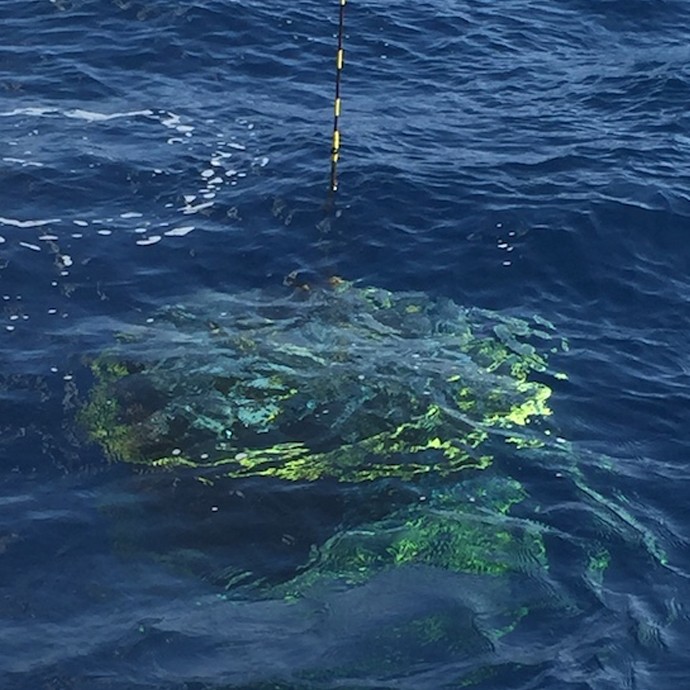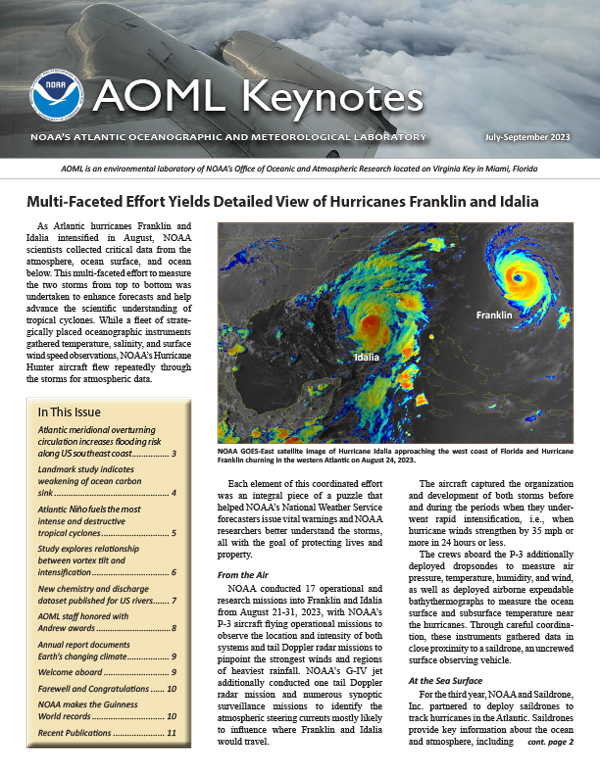Veteran oceanographer, Dr. Molly Baringer, selected as AOML’s next deputy director
AOML is pleased to announce Dr. Molly Baringer as AOML’s next deputy director. Molly officially began her new position on May 18 after serving in an acting capacity since October, 2014. Molly is a veteran sea-going oceanographer and has led numerous research projects during her 21-year tenure at AOML. Her research portfolio is strongly rooted […]
